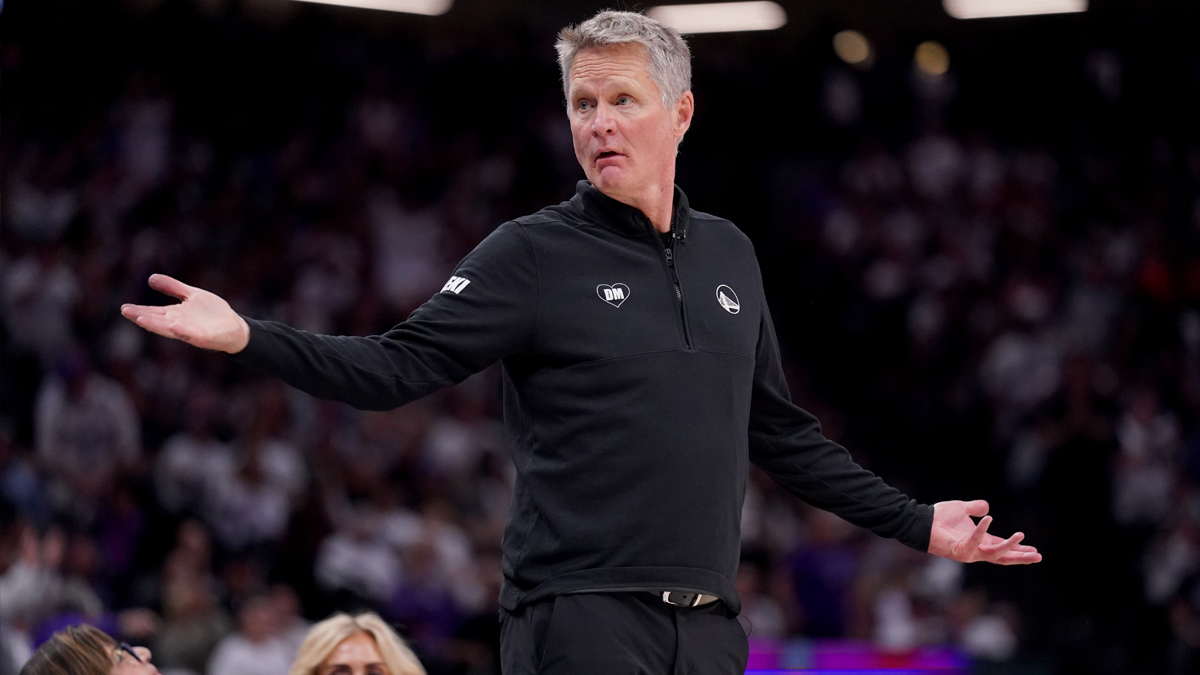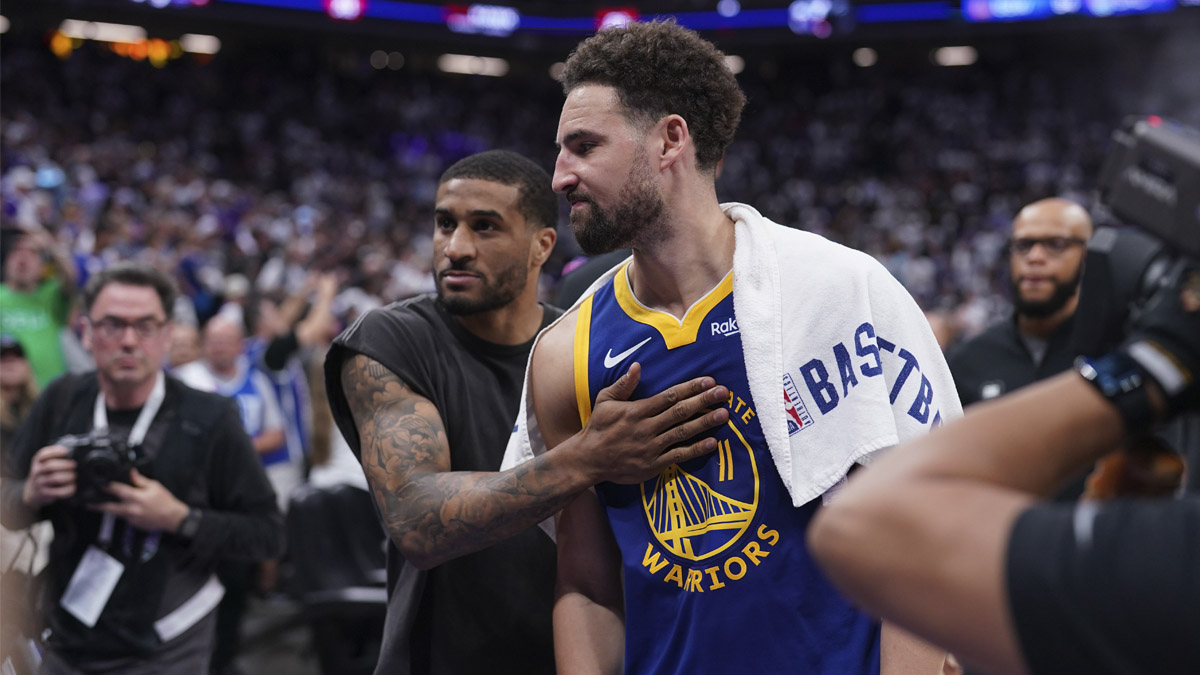No joy in Oaktown last weekend as Columbia Pictures scrapped "Moneyball", the movie version of Michael Lewis' book about the 2002 Oakland A's. Looks like we won't have Brad Pitt on location in the 510, and we won't get to see the Oakland-Alamada County Coliseum as the backdrop of a trendy Steven Soderbergh Hollywood feature film.
But as soon as Columbia axed the project, the script for "Moneyball" was leaked onto the internet and is still available through the Tinseltown blog site Hollywood Elsewhere. After reading all 129 pages, the verdict here is that "Moneyball" would have been a terrifically entertaining flick for baseball dorks and non-baseball dorks alike. It's like "Bad News Bears" for smartypantses, with a snappy script, big stars playing quirky real-life characters, and a Brad Pitt nude scene for good measure. How would this not have been a huge blockbuster hit?
Of course being an Oakland fan amps up one's enjoyment of "Moneyball". Much of the film takes places at the Oakland Coliseum, Art Howe and several 2002 Athletics have significant speaking roles, and those scenes where you get to be a fly on the wall while Billy Beane and other general managers talk trades face-to-face can really give an A's fan the goosebumps.
But that's a double-edge sword, too. It's kind of traumatic to re-live one of your beloved team's greatest playoff disappointments in the context of a big-budget Hollywood movie. That business of being up 2-0 to the Yankees in the 2001 ALDS and still losing the series is depicted in it's full brutality, and reminds A's fans how much that scar still hurts.
Yankee trauma notwithstanding, this really would have been one of your all-time better baseball movies. The knock always was that "Moneyball" was unfilmable, that it's just a treatise on statistical analysis in sports. But this screenplay by Steven Zaillian, who also wrote "Schindler's List" and "Mission:Impossible", handles all the really geeky stat stuff in easy-to-digest, narrated montage scenes. It flows as a story with the hysterical banter between brash, outspoken bigshot Billy Beane and his opposite-personality, pasty spreadsheet-nerd assistant Paul DePodesta. The "Moneyball" film does have an actual plot, using the A's 2002 journey from early-season laughingstock to playoff contender as it's story arc.
Billy Beane isn't really depicted as Billy Beane, he's more a composite of every light-comedy character Brad Pitt has ever played. He's a charismatic and successful wise guy, a lovely dad who makes mix tapes for the daughter he adores, but also a guy who's banging every waitress at the local Applebee's. Ladies would have particularly loved the way that Brad Pitt's Billy Beane character takes all his clothes off before angrily trashing his team's locker room with a baseball bat.
The big mystery of the "Moneyball" film was how it would end. After all, this story did not have a happy ending in reality. The screenplay doesn't change anything, but uses the A's winning their 20th consecutive game in September 2002 as the "baseball climax" of the movie. The very end of the film is a "Fast Times At Ridgemont High"-style roundup where text appears on the screen telling us what ends up happening to each character.
Sports
"Moneyball" had all the makings of a fun flick that could have appealled to a broad audience, but Columbia Pictures decided to kill it. These are the same genuises who brought you "Gigli" and "Paul Blart: Mall Cop." Too bad their decision isn't reviewable by replay.
Joe Kukura is a freelance writer who's working on a star-studded, big-budget Hollywood screenplay version of the DMV's California Driver Handbook.



